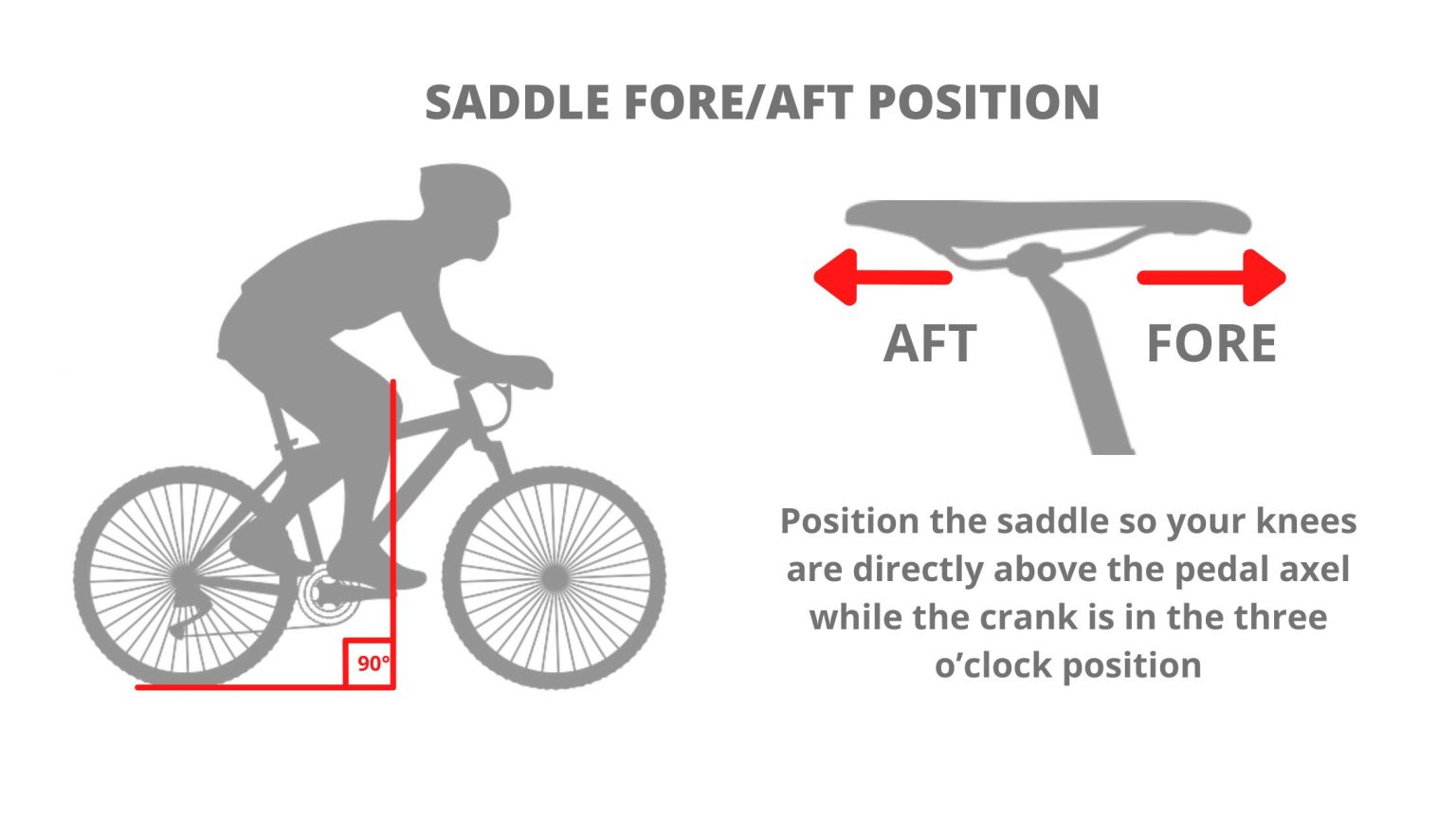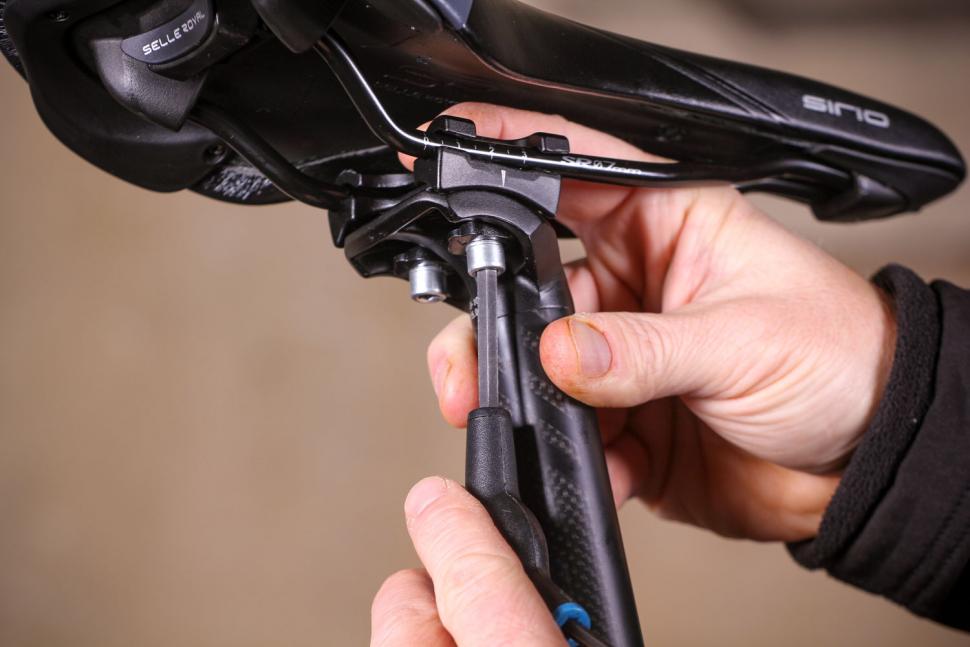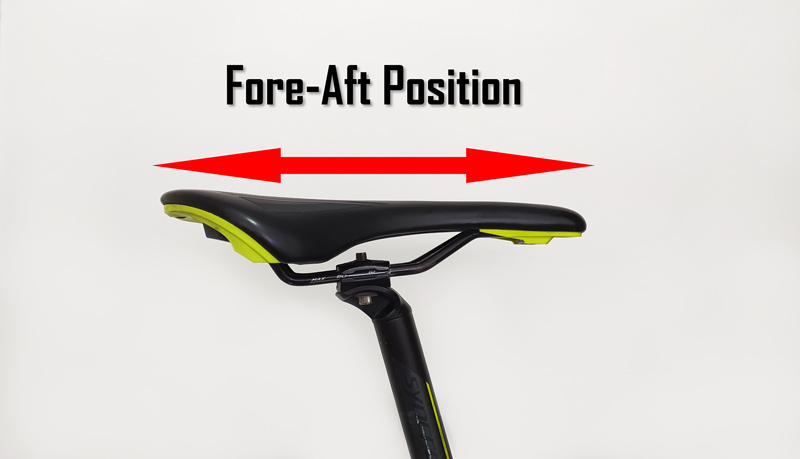Why Saddle Position Matters for Comfort and Efficiency
When it comes to cycling, the position on the bike saddle plays a critical role in determining comfort, efficiency, and overall performance. A well-positioned saddle can make all the difference in a rider’s experience, allowing them to maintain a comfortable posture, generate more power, and conserve energy. On the other hand, an improperly positioned saddle can lead to discomfort, pain, and even injuries in the back, neck, and knees. Furthermore, a saddle that is too far forward or backward can affect the rider’s balance and stability, making it more difficult to control the bike. By optimizing the position on the bike saddle, cyclists can enjoy a more comfortable and efficient ride, regardless of their riding style or terrain. In fact, a study by the International Journal of Sports Physiology and Performance found that proper saddle positioning can improve cycling efficiency by up to 10%. This highlights the importance of getting the saddle position right, and the significant benefits it can bring to a rider’s performance.
Understanding Your Riding Style: Finding the Perfect Saddle Position
Different riding styles require distinct saddle positioning to optimize comfort, efficiency, and performance. Road cyclists, for instance, typically require a more aggressive saddle position, with the saddle positioned slightly forward to facilitate a more aerodynamic riding position. Mountain bikers, on the other hand, may prefer a more upright saddle position to improve control and balance on technical terrain. Commuter cyclists, who often ride in an upright position, may benefit from a saddle position that is slightly more rearward to reduce pressure on the hands and wrists. To determine the ideal saddle position based on individual riding style, cyclists can consider factors such as their riding posture, leg length, and preferred handlebar height. For example, a rider with a longer leg may require a slightly higher saddle position to maintain a comfortable pedaling stroke. By understanding their riding style and adjusting the saddle position accordingly, cyclists can achieve a more comfortable and efficient ride.
How to Adjust Your Saddle Height for Maximum Comfort and Power
Adjusting the saddle height is a crucial step in achieving optimal comfort and performance on the bike. A saddle that is too high or too low can lead to discomfort, pain, and even injury. To adjust the saddle height correctly, cyclists should follow these steps: First, measure the inseam length by standing against a wall with feet shoulder-width apart. Next, measure the seat post height by placing a level on the seat post and measuring the distance from the floor to the top of the post. Finally, measure the handlebar height by placing a level on the handlebars and measuring the distance from the floor to the top of the bars. With these measurements, cyclists can calculate the ideal saddle height using the following formula: saddle height = inseam length x 0.67 + seat post height – handlebar height. For example, if the inseam length is 32 inches, the seat post height is 28 inches, and the handlebar height is 24 inches, the ideal saddle height would be 32 x 0.67 + 28 – 24 = 29.44 inches. By following these steps and adjusting the saddle height accordingly, cyclists can achieve a comfortable and powerful riding position, allowing them to optimize their performance and reduce discomfort. Remember, the position on the bike saddle plays a critical role in determining comfort and efficiency, so it’s essential to get it right.
The Role of Saddle Fore and Aft Positioning in Cycling Performance
In addition to saddle height, the fore and aft positioning of the saddle plays a critical role in determining cycling performance and comfort. The saddle’s position in relation to the bottom bracket and handlebars affects weight distribution, balance, and pedaling efficiency. A saddle that is too far forward can cause the rider to put too much weight on the handlebars, leading to discomfort and fatigue. On the other hand, a saddle that is too far back can cause the rider to feel unstable and struggle to maintain balance. To achieve optimal fore and aft positioning, cyclists should aim to position the saddle so that the nose of the saddle is directly above the bottom bracket. This allows for even weight distribution and efficient pedaling. Additionally, the saddle should be positioned so that the handlebars are at a comfortable height, allowing the rider to maintain a relaxed riding position. By fine-tuning the fore and aft positioning of the saddle, cyclists can improve their overall cycling performance and reduce discomfort. Remember, the position on the bike saddle is crucial for achieving optimal comfort and efficiency, and small adjustments can make a big difference.
Common Mistakes to Avoid When Positioning Your Bike Saddle
When it comes to positioning the bike saddle, even small mistakes can lead to discomfort, inefficiency, and even injury. To avoid these common mistakes, cyclists should be aware of the following pitfalls. Firstly, incorrect saddle height is a common mistake that can cause discomfort, pain, and even injury. A saddle that is too high or too low can put unnecessary strain on the knees, hips, and back, leading to discomfort and pain. Secondly, incorrect fore and aft positioning can affect weight distribution, balance, and pedaling efficiency. A saddle that is too far forward or backward can cause the rider to feel unstable and struggle to maintain balance. Thirdly, incorrect tilt can also cause discomfort and inefficiency. A saddle that is tilted too far forward or backward can put pressure on sensitive areas, leading to discomfort and pain. To avoid these mistakes, cyclists should take the time to fine-tune their saddle position, considering factors such as leg length, seat post height, and handlebar height. By avoiding these common mistakes, cyclists can achieve optimal comfort and performance, and enjoy a more efficient and enjoyable ride. Remember, the position on the bike saddle is crucial for achieving optimal comfort and efficiency, and small adjustments can make a big difference.
Product Review: Top Bike Saddles for Comfort and Performance
When it comes to achieving optimal comfort and performance on the bike, the right saddle can make all the difference. With so many options available, it can be overwhelming to choose the perfect saddle. To help cyclists make an informed decision, we’ve reviewed some of the top-rated bike saddles that prioritize comfort and performance. The Brooks Cambium C17, for example, is a popular choice among cyclists. This saddle features a durable and comfortable design, with a vulcanized rubber top and a flexible nylon base. The Cambium C17 is ideal for road and commuter riders who need a saddle that can withstand the demands of daily riding. Another top-rated option is the Specialized Power saddle. This saddle is designed for performance, with a sleek and aerodynamic design that reduces pressure points and improves pedaling efficiency. The Power saddle is ideal for road and mountain riders who need a saddle that can keep up with their high-intensity riding style. When choosing a bike saddle, cyclists should consider factors such as riding style, comfort, and performance. By selecting a saddle that meets their individual needs, cyclists can achieve optimal comfort and performance, and enjoy a more efficient and enjoyable ride. Remember, the position on the bike saddle is crucial for achieving optimal comfort and efficiency, and the right saddle can make all the difference.
Expert Tips for Fine-Tuning Your Saddle Position
We spoke with professional cyclist and bike fitter, Alex Johnson, to gather expert tips on fine-tuning saddle position. According to Johnson, “Regular adjustments are crucial to achieving optimal comfort and performance on the bike. Cyclists should regularly check their saddle position to ensure it’s aligned with their riding style and body position.” Johnson recommends making adjustments on the fly by paying attention to body position and comfort level. “If you’re feeling discomfort or pain in your knees, hips, or back, it may be a sign that your saddle position needs to be adjusted,” Johnson explains. To fine-tune saddle position, Johnson suggests starting with small adjustments and gradually making larger changes. “It’s better to make small adjustments and test them out rather than making drastic changes that can affect your performance and comfort,” Johnson advises. Additionally, Johnson emphasizes the importance of considering the position on the bike saddle in relation to other bike components, such as the handlebars and bottom bracket. “The position on the bike saddle affects weight distribution, balance, and pedaling efficiency, so it’s essential to consider these factors when making adjustments,” Johnson notes. By following these expert tips, cyclists can achieve optimal comfort and performance on the bike, and enjoy a more efficient and enjoyable ride.
Conclusion: Achieving the Perfect Saddle Position for a Comfortable and Efficient Ride
In conclusion, proper saddle positioning is crucial for achieving optimal comfort and performance on the bike. By understanding the importance of saddle positioning, determining the ideal saddle position based on riding style, and making adjustments to saddle height and fore and aft positioning, cyclists can improve their overall cycling experience. Additionally, avoiding common mistakes and fine-tuning saddle position with expert tips can help cyclists achieve maximum comfort and power. To ensure a comfortable and efficient ride, cyclists should remember to regularly check and adjust their saddle position, considering factors such as leg length, seat post height, handlebar height, and weight distribution. By following these guidelines and tips, cyclists can optimize their position on the bike saddle and enjoy a more enjoyable and efficient ride. Remember, a well-positioned saddle is key to unlocking optimal cycling performance and comfort. Take the time to fine-tune your saddle position and experience the difference for yourself.








